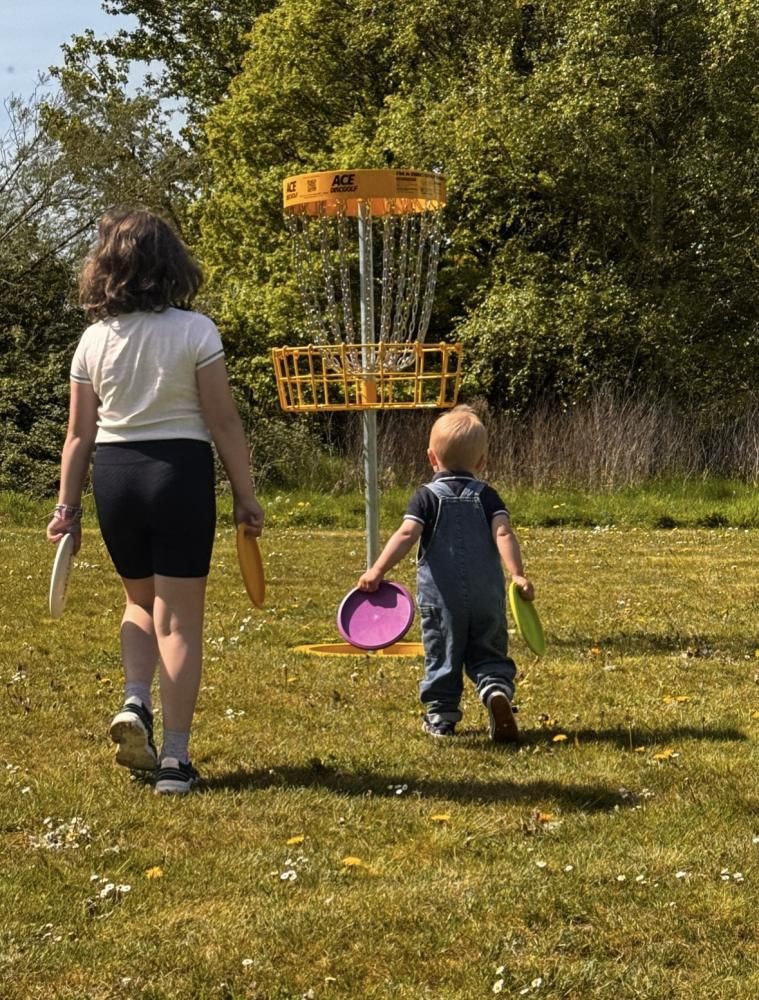Sports are a massive part of life, and rules govern them. Some sports are straightforward, while others can be pretty complex. Ice hockey is a sport that falls somewhere in the middle.
Ice Hockey is a fast-paced and exciting sport, but it also has a lot of rules for play and sports betting.
The rulebook for ice hockey is quite thick, but there are only a handful of rules you should know to enjoy the sport.
This post will guide you to the five most crucial ice hockey rules.
Closing Hand on Puck
One of the most critical rules in ice hockey is that you are not allowed to cover the puck with your hand. Doing so is "closing your hand on the puck" and is a penalty.
This rule prevents players from holding the puck for too long or protecting it in a way that makes it difficult for the other team to take it away. When you close your hand on the puck, you cannot move it or pass it to another player.
Suppose you close your hand on the puck while in the defensive zone; the other team will get awarded a face-off in your area. If you close your hand on the puck while in the offensive zone, the other team will get awarded a face-off in their zone.
Face-offs
A face-off is how each hockey game starts and restarts after a goal gets scored. It is also used to restart the game after a penalty gets called.
The two teams line up opposite each other for a face-off with their sticks on the ice. The official drops the puck between the two players' sticks, and they battle for possession.
The player who wins the face-off is the one who gets the puck first. The face-off is also used to restart the match after a goal gets scored. The team that scored the goal gets to select the side of the ice they want to start the face-off on.
Delay of Game
One of the common penalties in ice hockey is a delay of the game. This is when a team tries to stall, or a player does something to delay the game.
There are a few different actions that can result in a delay of game penalty therefore changes the betting sports, thus affecting the team. The most common is if an individual shoots the puck out of the rink. This "delaying the game" is not allowed.
Another typical delay of game penalty is when a player intentionally drops their stick or glove on the ice to try and stop play. This is also not allowed and will result in a penalty.
The Delay of game penalties is usually two minutes long. However, if the Delay of the game is intentional or blatant, the officials can give a five-minute significant penalty.
Playing the Puck with a High-Stick
One of the most critical rules in ice hockey is that you are not allowed to play the puck with a high stick. This means your stick cannot be higher than your waist when playing the puck.
The reason for this rule is to prevent players from being able to hit the puck too hard. A high stick can also be dangerous to other players, so it is essential to keep your stick down.
The other team will get a face-off if you play the puck with a high stick. If you do it intentionally, you will also get a two-minute penalty.
Icing the Puck
Icing is when a team shoots the puck down the ice and goes to the other team's end of the rink without getting touched.
When icing occurs, the play is automatically stopped, and a face-off takes place in the defensive area of the team that shot the puck.
Icing relieves pressure on a team getting attacked by the other team. It is also used to keep the puck in an offensive zone.
There are some situations where icing is not called. The most common is if the puck gets shot and hits a player on the other team before it crosses the goal line. Icing is also not called if the team that iced the puck has a player in the defensive zone when the puck gets shot.
Verdict
The five main hockey rules are face-offs, high-sticking, icing, offside, and closing hand on the puck. These rules are in place to keep the game fair and safe and also keep justice odds for each team. Following these rules allows you to enjoy playing hockey without putting yourself or others at risk.








